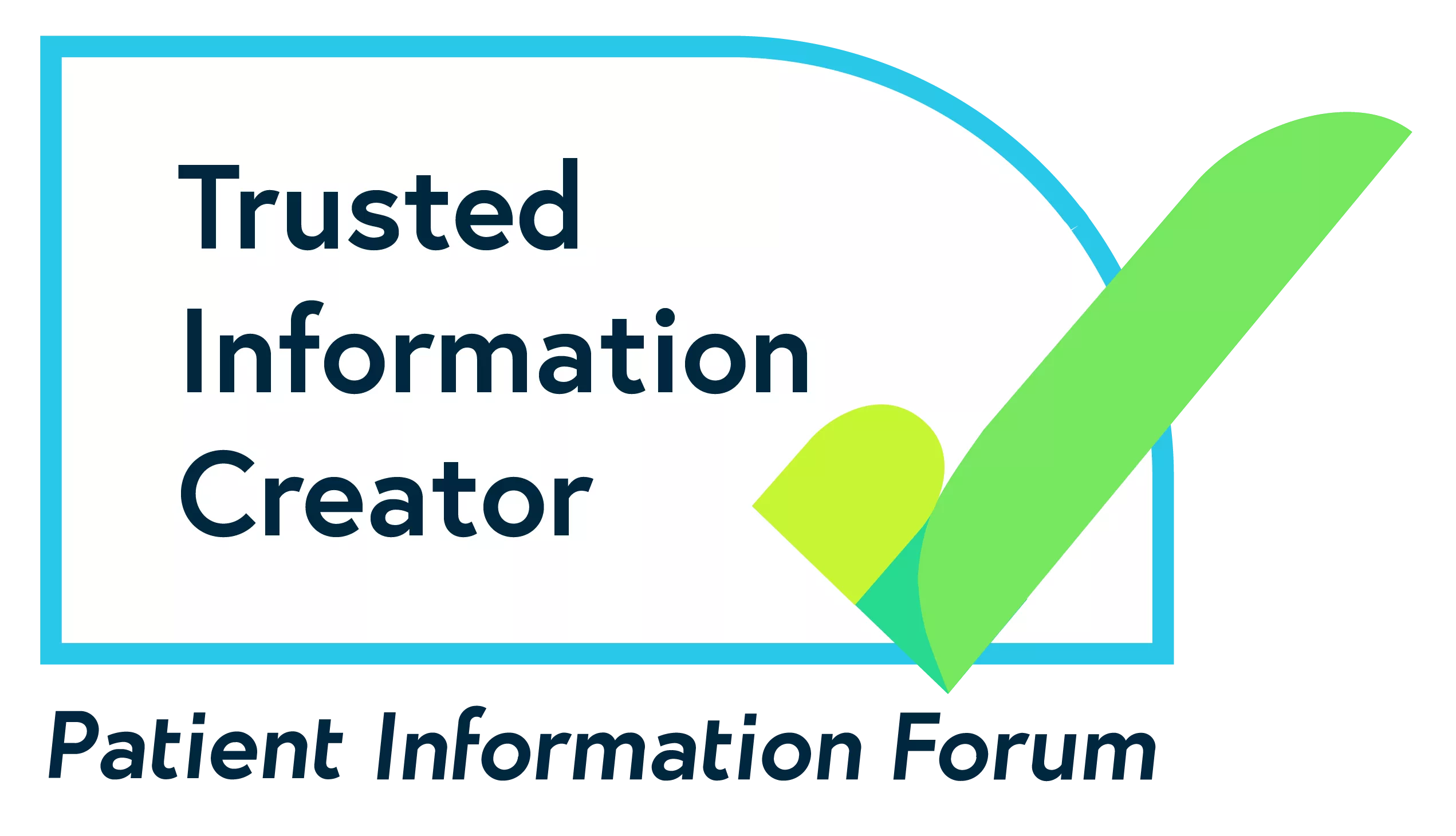Schizoaffective disorder
Explains what schizoaffective disorder is, including its symptoms and causes. Gives advice on how you can help yourself and what types of treatment and support are available, as well as guidance for friends and family.
View this information as a PDF (new window)
What are the symptoms of schizoaffective disorder?
This page has information about the different symptoms and types of schizoaffective disorder. It covers:
Symptoms of psychosis
These symptoms are similar to those experienced in schizophrenia, including:
- Hallucinations - where you may experience things that others around you don't. For example hearing voices, seeing visual hallucinations and other unexplained sensations.
- Delusions - where you might hold strong beliefs that nobody else shares. For example, a fear that everyone can hear your thoughts or that you can control the weather.
You may also experience:
- Your thoughts becoming very disorientated
- Feeling confused or frightened
- Feeling disconnected from your emotions
- Difficulty concentrating
- A lack of motivation or interest in things
These feelings can be managed with the right combination of treatment, support and self-care.
For more information, see our page on psychosis. You could also visit Intervoice or The Hearing Voices Network.
One of the peculiar thoughts I experienced was that I was being headhunted by a company for a job, which definitely never happened, it was just an idea in my head that I had convinced myself was true.
Mood symptoms
The mood symptoms of schizoaffective disorder are similar to those experienced in bipolar disorder. They can include both manic and depressive symptoms:
- Manic symptoms - you may feel extremely excited or irritated. Or make unrealistic plans and behave in ways that might put you at risk.
- Depressive symptoms - you may feel sad and low or experience sleep problems. You may also feel disconnected from others or experience suicidal feelings.
The periods of time where you experience mood symptoms are sometimes called 'episodes'. You may experience depressive episodes, manic episodes, or both. You may also experience 'mixed episodes'. This is when you have symptoms of mania and depression at the same time, or very quickly after each other.
Episodes can vary in length. Some people have repeated episodes, but this doesn’t happen for everybody.
See our pages on bipolar disorder, mania and hypomania and depression for more information.
On my bad days, I felt I was a pathetic coward who didn't deserve to breathe, and on my good days I believed I was a god in waiting.
How is schizoaffective disorder different from schizophrenia or bipolar disorder?
Schizoaffective disorder is its own diagnosis. But schizoaffective disorder, schizophrenia and bipolar disorder can involve similar symptoms and experiences.
Diagnosing schizoaffective disorder can be complex. Not all professionals agree on how best to diagnose or describe it. A diagnosis of schizoaffective disorder may be considered if you’ve experienced:
- Symptoms that have lasted for a month or longer
- Symptoms of psychosis and mood symptoms at the same time
- Mood symptoms for most of the time that you've felt unwell
- A period of time (usually at least 2 weeks) of symptoms of psychosis without mood symptoms
- Depressive episodes that include low mood
Schizoaffective disorder is often seen as a psychotic disorder with significant mood features, rather than a mood disorder with psychosis.
My problems were not picked up as a teenager, which resulted in a crisis in my early 20s, involving hospital admissions and being severely mentally unwell. The diagnosis of schizoaffective disorder seemed to fit with my experience better than any other 'label' or diagnosis.
Diagnosing schizoaffective disorder
To diagnose schizoaffective disorder, a psychiatrist will assess your symptoms and ask how long you've had them. They'll consider how psychosis and mood symptoms happen for you (either together or separately) during episodes. They'll also consider how your symptoms affect your daily life or relationships.
The psychiatrist may check for any physical problems that could be causing your symptoms. Recreational drugs can also cause similar symptoms. So it might be useful for your psychiatrist to know if you are using any (or have done in the past).
Differences between diagnoses are subtle. You may be given different diagnoses by different psychiatrists. It may feel frustrating if your diagnosis changes.
You may feel like you've got used to one diagnosis, and now you need to get used to a new one. Or you may feel relieved and that the new diagnosis is a better fit for you. You may feel like you don't need any diagnosis at all. There’s no right or wrong way to feel about this.
At first I was diagnosed with depression, postpartum psychosis, and then finally schizoaffective disorder. I had to do a lot of research myself to understand what I was going through better, which was difficult.
What can I do if I disagree with my diagnosis?
If your diagnosis doesn't fit with the way you feel, it's important to discuss this with a mental health professional. This is to make sure you're getting the right treatment to help you.
See our pages on seeking help for a mental health problem for information on how to make sure your voice is heard. And what you can do if you're not happy with your doctor.
This information was published in February 2023. We will revise it in 2026.
References and bibliography available on request.
If you want to reproduce this content, see our permissions and licensing page.












